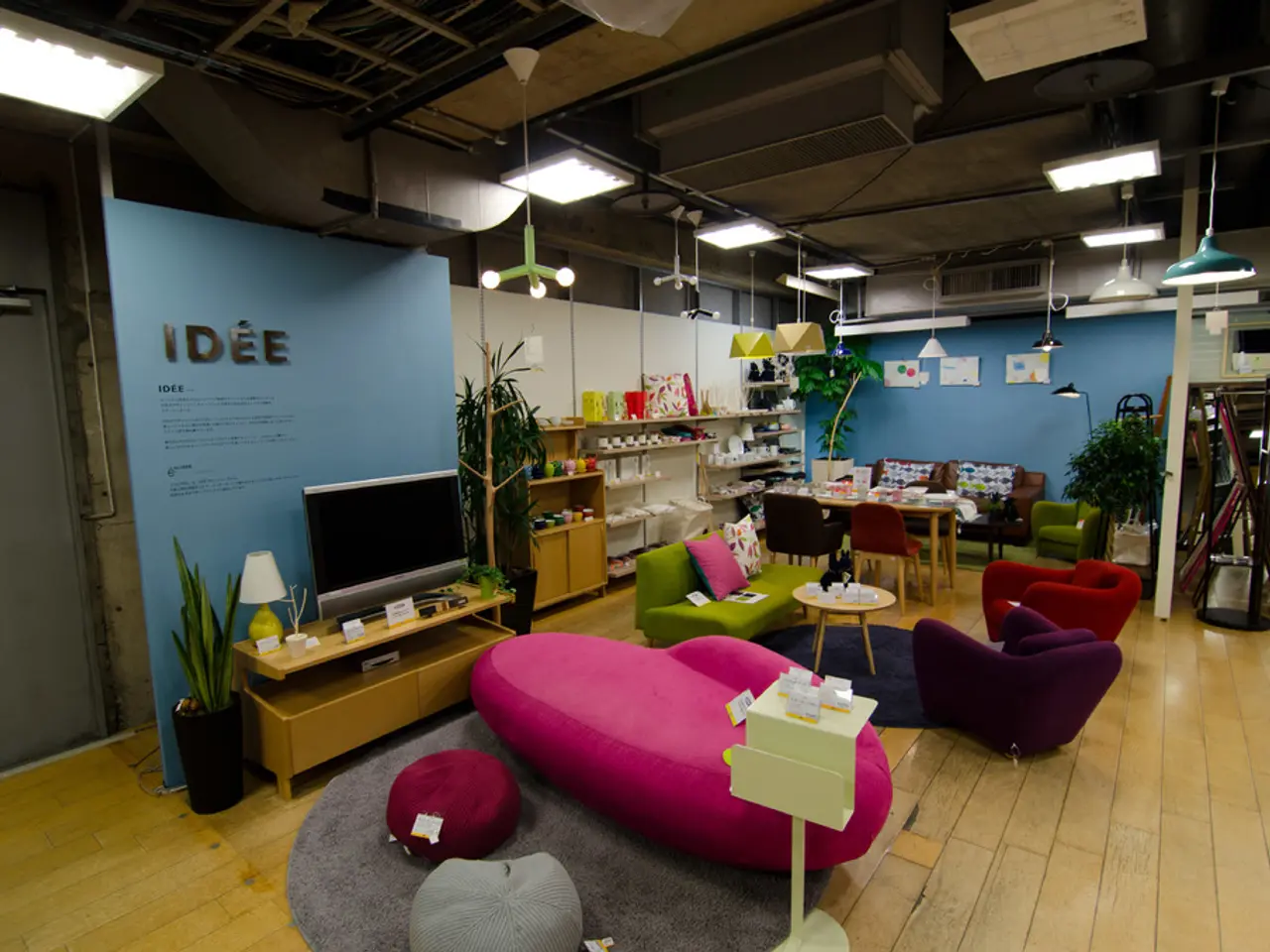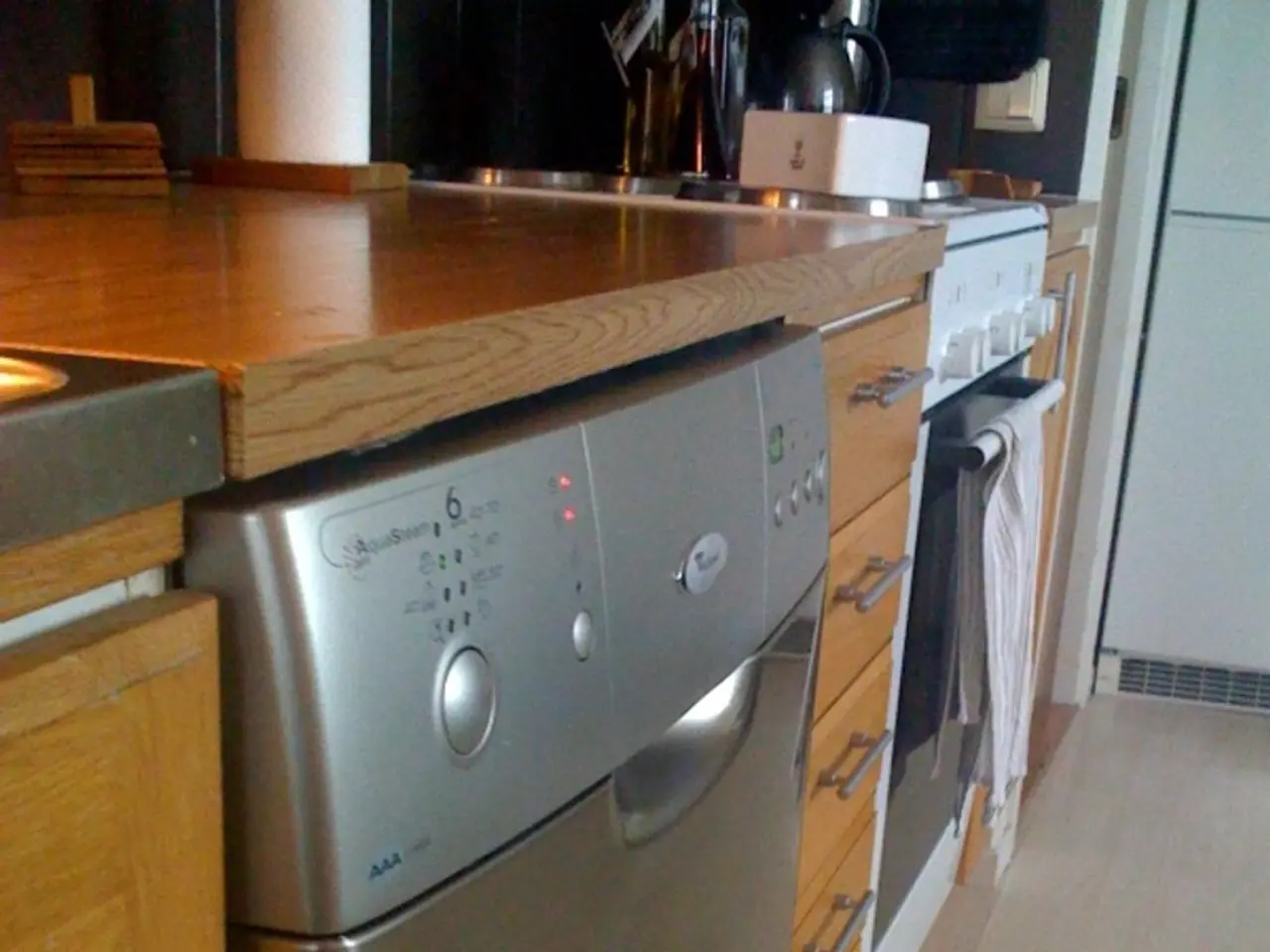Indoor Plant Watering Techniques for Any Location
In the art of maintaining a thriving indoor garden, understanding the unique watering needs of different plants and adapting to various climates is essential. Here's a guide to help you keep your indoor plants healthy and happy.
Climate significantly influences the watering needs of indoor plants. In hotter, drier climates or during heat waves, indoor plants generally require more frequent and deeper watering. Conversely, in cooler or more humid environments, watering needs decrease.
Different types of indoor plants vary in their water requirements due to their adaptations. For example, drought-tolerant plants like snake plants (Sansevieria) have thick, fleshy leaves that store water, enabling them to thrive with minimal watering—typically every 2 to 3 weeks during their growing season and only when the soil is completely dry to avoid root rot. On the other hand, tropical or moisture-loving plants usually require more regular watering.
Key signs that indicate indoor plants need water include:
- Soil dryness: A simple method is to check if the top 2 inches of potting soil feel dry to the touch; if so, it’s time to water.
- Leaf drooping or wilting: Large, succulent leaves often droop when the plant is dehydrated, signaling urgent watering needs.
- Decreased transpiration: Plants may reduce their water loss by closing stomata, which can cause leaves to look limp or less vibrant.
Because containers vary in size and material—such as clay pots which dry out faster versus glazed or plastic pots which retain moisture longer—watering frequency should be adjusted accordingly. Also, watering deeply and infrequently encourages stronger root development compared to frequent light watering.
In cool and humid climates, monitoring for mold or rot is necessary. Tropical plants enjoy humidity and should be misted often. Bottom watering can help prevent overwatering by allowing the soil to absorb water from the bottom.
In hot and dry climates, it is recommended to check soil moisture daily. In humid and warm climates, watering less frequently is important to prevent overwatering. In cool and dry climates, proper drainage is crucial to prevent root rot. Ferns need weekly watering with soil kept moist, not soggy.
Self-watering systems help maintain consistent moisture in indoor plants, reducing the risk of overwatering. Misting is beneficial for plants that thrive in high humidity. In dry seasons, using pebbles in a tray with water under plants can add moisture to the air as the water evaporates.
Each plant has unique watering needs, and different methods such as top watering, bottom watering, and misting may be more effective for certain plants. It's important to research each plant's unique watering needs before creating a watering schedule.
During dry seasons, it's common to group plants together to create a mini-ecosystem and help maintain humidity. Occasionally, lightly misting plants can add moisture without overdoing it. Wilting leaves, dry soil, yellowing leaves, and brown leaf tips are key signs that indoor plants need water.
By understanding the unique watering needs of your indoor plants and adapting to various climates, you can create a thriving indoor garden that brings life and beauty to your home.
To create an indoor garden that harmonizes with your home-and-garden lifestyle, pay attention to your plants' unique watering needs. For drought-tolerant plants like snake plants, they thrive with minimal watering—typically every 2 to 3 weeks—while tropical or moisture-loving plants require more regular watering.




